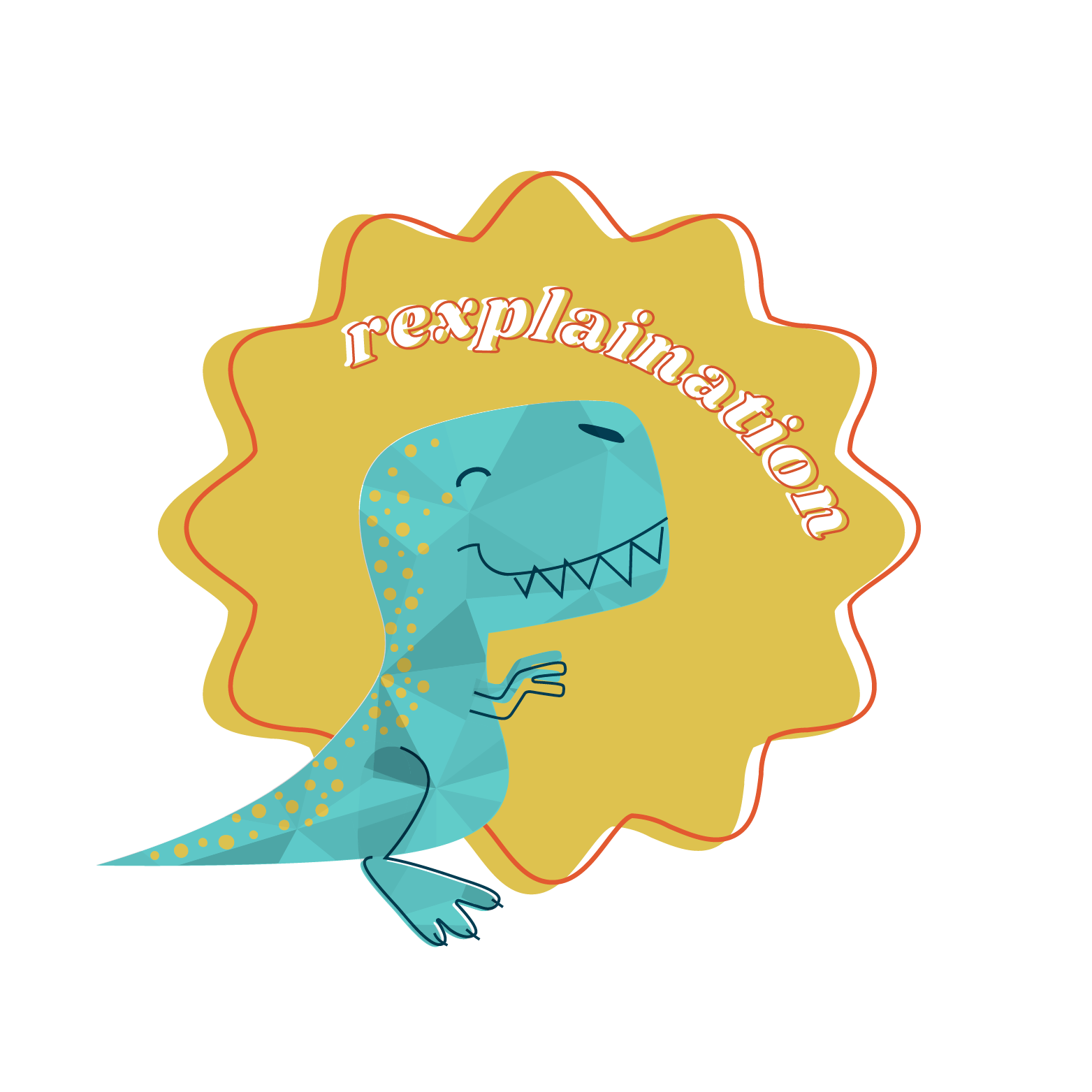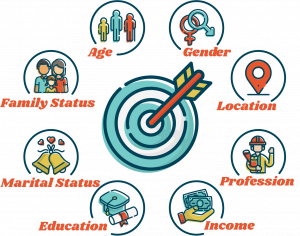Target Audiences – Why do you need them?
Do you ever feel like your brain is on information overload? (I know, I do!) Daily, we’re bombarded with information from every direction. You may notice a billboard while driving to work, hear a promotion on the radio, and then glance at your smartphone to find an eerily specific sponsored ad… All before 8 am! Since we’re hit with promotions from every angle, it can be difficult to focus on one message. That’s why it is so important for organizations to identify a target audience.

A target audience is a group of people who have shared attributes and values. They are a group most likely to take an interest in a specific product or service.
- Conduct Market Research: Analyze customer trends in your industry. What are people purchasing? What types of promotions are successful? Analyze your competitors as well and see what’s working (and not working) for them. If you’re struggling to know where to start, this is a good first step.
Determine Basic Demographics: If your organization is just getting started, think about the product or service you’re offering and consider where it has the most appeal. Established businesses should also analyze customer data to discover past trends. Here are some demographics to consider:
- Age
- Gender
- Location
- Profession
- Income
- Education Level
- Marital Status
- Family Situation
- Create Target Audience Personas: Your goal is to find your ideal customer. The person you can speak to about your product most easily. By developing a persona, you are creating an ideal customer. This will help you find real customers who share their values and characteristics. You may have multiple personas depending on the number of products or services you offer and how they are used.
- Evaluate & Refine: Your target audience may change over time, as will the methods you need to use to best reach them. Don’t be afraid to tweak your audience and re-evaluate from time to time.
Author Info
Hey, there! My name is Kristen and I am a Strategic Marketing Director and Graphic Designer at Systemax. I work with clients to develop a strategy to meet their goals and ensure their projects stay on schedule. I’m also responsible for creating artwork for clients, including everything from banners to Facebook ads, and more. Outside of work, you can find me spending time with my family and friends or working toward my next project or goal such as learning videography or training for a half marathon!


